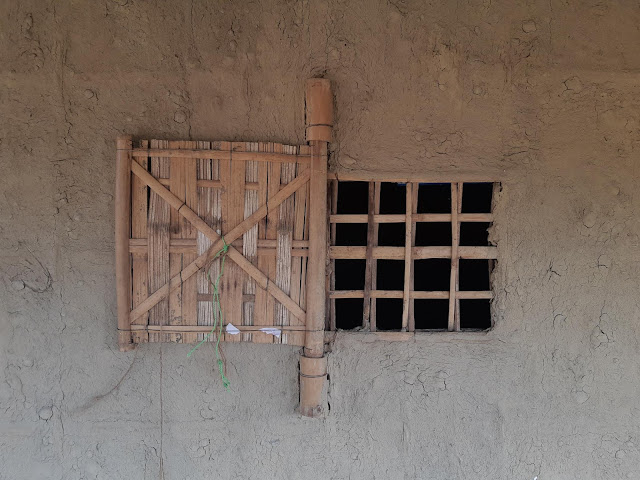published in Art India \ Dec 2018
Anuj Daga is moved by the poetry in Ronny Sen’s documentation of the raging fires of Bihar’s coal mines.
In a selection of images clicked with an iPhone, Ronny Sen’s show Fire Continuum at Tarq from 23rd August to 29th September, presents a distinctly political landscape in a poetic rendering. Through an array of ‘tablet-sized’ portraits, Sen attempts to capture sights of wonder and despair spread across the coal fields of Jharia. Known for their everyday violence, popularized in recent Hindi cinema, regions of Bihar and Jharkhand have been perceived to be extremely rough. Rightfully so, for much of my summer vacations would be spent in these ‘dark’ areas visiting several collieries with my maternal uncles. The long bumpy bike rides on mountains of coal in brazen heat made us inhale ample coke, leaving us with black sweat and rough hair. More so, coded conversations and quiet exchanges would expose me to negotiations and inner politics of everyday existence. To look at Ronny Sen’s work is almost a personal revisiting of those old dust-laden journeys in the burning summers of Bihar.
Underground fires were first reported in Jharia in 1916, some of which continue to be alive. One of the first sets in the exhibition captures flames rushing out of the belly of mines. Vast tracts of mined mountains lie open in clouds of smoke and dust in Sen’s documentation. At once, the viewer is compelled to link the journey of coal into dust that eventually exhausts through fire into smoke. The photographs hint thus, at the simultaneous explosion and implosion of coal into fire.
Fire is in continuum with life and death of people settled around the coal mines of Bihar and Jharkhand. As much as it supports the livelihood of people in the region, it has also taken many lives, like in the Dhanbad Coal Mine disaster of 1965 where an explosion led to fire in the mines killing 268 miners. In addition, the burning coal creates vacuum below the land causing its subsidence that has often led to engulfing whole settlements. Yet, locals refrain from leaving Jharia due to the fear of losing livelihoods. The dual bind of loss and hope is best expressed in the gaze of subjects that Sen goes on to capture in his photographs.
Coal mining in India began as early as 1774, which only picked up with its need as fuel for the steam engine locomotives that came to the country in 1853. The First World War saw the rise in demand of coal subsequently, slumped in the inter-war period, and scaled up again for the Second World War. While several private and government companies existed for extraction and trade of coal for nearly two decades after independence of India, an overall nationalization of coal mines took place by 1973, essentially to prevent unsafe and unscientific mining practices and poor working conditions of labourers.
However, the coal mafia in the region have continued smuggle coal in an organized and sophisticated manner, through a nexus of politicians, government officials, businessmen and locals. Such open violation of the State policy is suggested in a clever framing of the white ambassador on the fuel-laden black mountain in one of Sen’s photographs. The smug play of colours creates a quiet, yet powerful statement.
Photo-sets detailing the explosion process and architectural ruins, laid out on adjacent walls of the gallery, narrate the story of development and decay. The solitary nature of people and buildings bring to us a strange sense of loneliness in looking at the entire landscape, both seemingly awaiting an intervention. The emptying of resources by extractive and environmental processes produces a vacuum that gets amplified and framed in the clinical treatment of the images.
The show is an artistic survey of an environment that we often take for granted. While the exhibition introduces us to the environmental pressures that resource-laden sites in India often undergo, the viewers may find themselves seduced into the surreal calmness of the images. On the other hand, the form of the exhibition – portrait photographs taken through a phone – begs for a discussion on the numerous impulsive criticalities that we freeze visually on our mobile devices. Taking photographs of shock, wonder, amazement, deviance, spectacle, violation and aspects that construct us through the defining of the other has now become a habit amongst many of us. The ritualistic production of documentary evidence allows us to formulate our personal relationship with landscapes and actions of the State. We produce and travel with several exhibitions thus, all the time. What happens to these photographic exhibitions that we carry and share personally across new media platforms? By pulling them out for public display, the exhibition in some way, attempts to demonstrate the soft power of such impulsive criticality to become a cogent tool for mobilizing action. It extends agency to the viewers to observe closely, their own environments.

















































